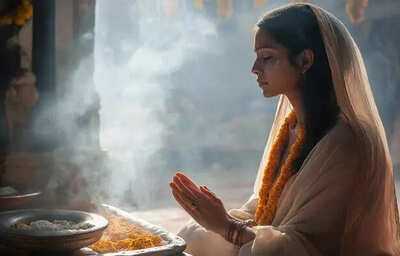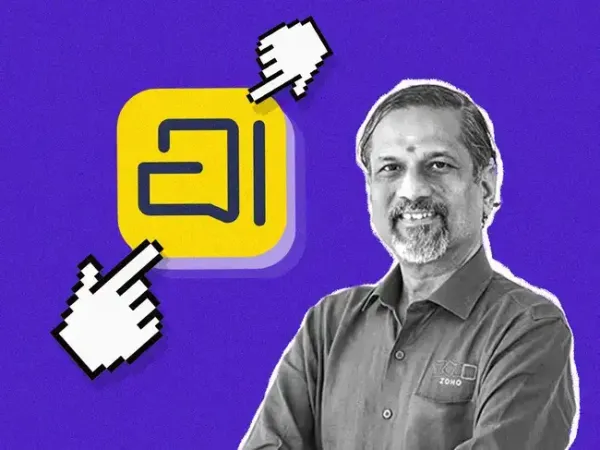The Cultural Meaning Behind Head Covering in India: Explained State by State
My Life XP | October 8, 2025 7:39 PM CST

1. More Than just a Gesture
Covering the head is one of the oldest customs in Indian culture. Whether it’s a man tying a turban, a woman covering her head with a saree pallu, or a devotee wrapping a cloth in a temple, the gesture signifies respect, dignity, and belonging. Yet, the meaning of this act changes across regions, communities, and contexts.
2. Rajasthan: Turbans as Identity and Pride

- Known as Pagri or Safa.
- Each color, style, and fabric denotes caste, region, or occasion.
- Bright colors for festivals, white for mourning.
- A turban is also seen as a symbol of honor — removing it in public is considered insulting.
- Sikh men wear turbans (Dastaar) as a religious mandate, symbolizing equality, self-respect, and spiritual discipline.
- Women often cover their heads with a dupatta during prayers as a sign of humility before God.
- Even in weddings, head coverings are mandatory as symbols of respect.
- Women traditionally cover their heads with an odhni as a mark of respect for elders.
- In rural Gujarat, it is also a symbol of modesty and marital status.

- Women cover their heads with the saree’s aanchal (pallu), especially during rituals and in front of elders.
- In weddings, brides cover their heads as a sign of shyness and respect.
- It is also linked with invoking Goddess Durga’s blessings.
- Women in traditional Nauvari saree draping cover their heads during religious ceremonies.
- Men wear pheta (a type of turban) during festivals, marriages, or processions, symbolizing honor.

- The ghoonghat tradition (covering face and head with saree/dupatta) is still practiced in rural areas.
- It symbolizes modesty and respect for elders.
- In ceremonies, brides cover their heads fully as part of ritual purity.
- Women cover their heads with saree pallus during temple visits.
- Men tie angavastram or cover their heads in certain temple rituals.
- In Kerala, Christian women traditionally covered their heads with a white veil during church prayers.
Hinduism: Covering head in temples or before deities = respect.
Sikhism: Mandatory turban/dupatta during prayers.
Islam: Women wear hijab/dupatta as modesty; men use skullcaps during prayers.
Christianity: In some Indian churches, women still use veils.
10. Modern Relevance: A Custom That Evolves

- In urban India, daily head covering has reduced, but it still thrives in rituals, weddings, and religious spaces.
- For many, it’s a conscious cultural marker of identity.
- Even fashion designers incorporate turbans and dupattas as style statements today.
From the deserts of Rajasthan to the ghats of Bengal and the temples of Tamil Nadu, covering the head is one gesture but with countless meanings. It represents honor, modesty, spirituality, and identity — reminding us how one tradition can unite India’s diversity while still celebrating its differences.
Unlock insightful tips and inspiration on personal growth, productivity, and well-being. Stay motivated and updated with the latest at My Life XP.
READ NEXT
-
Renewing a renewable partnership

-
Pharmacy of the underworld: India's quality control disease

-
Pharmacy of the underworld: Are India's pharmaceutical regulations failing? The shocking deaths from contaminated cough syrup demand answers

-
Let's start hanging in our arctic circles

-
Home minister Amit Shah shifts to Zoho Mail; company eyes end-to-end encryption rollout
